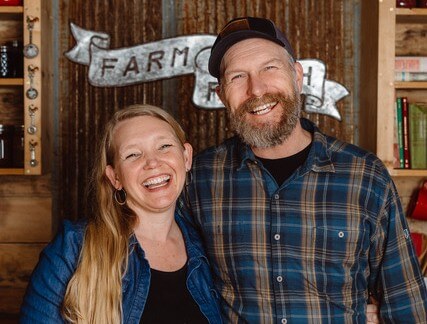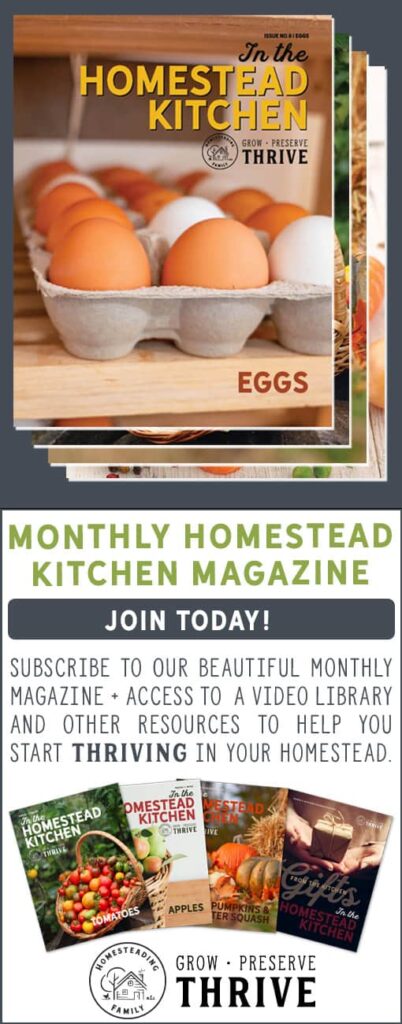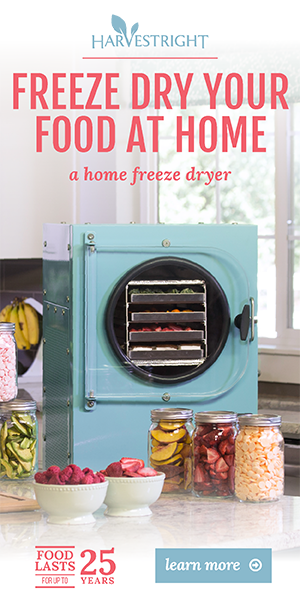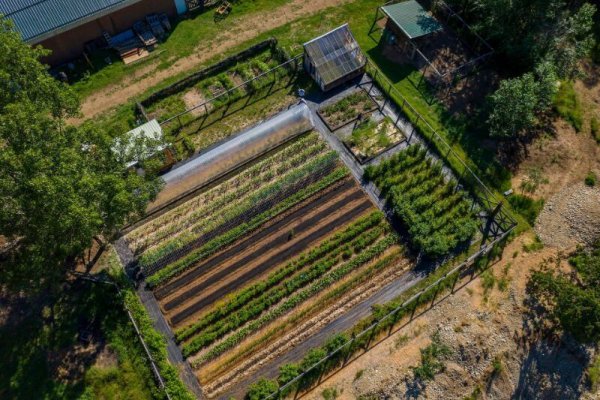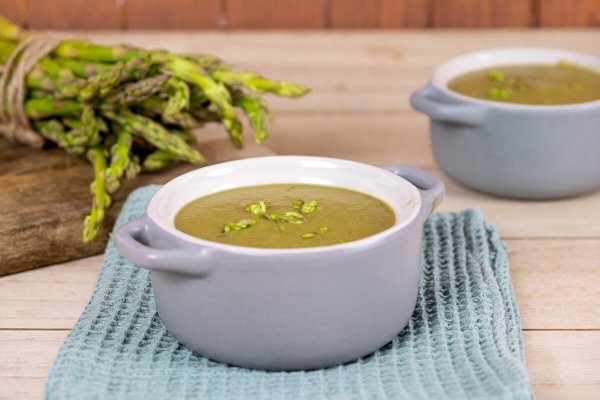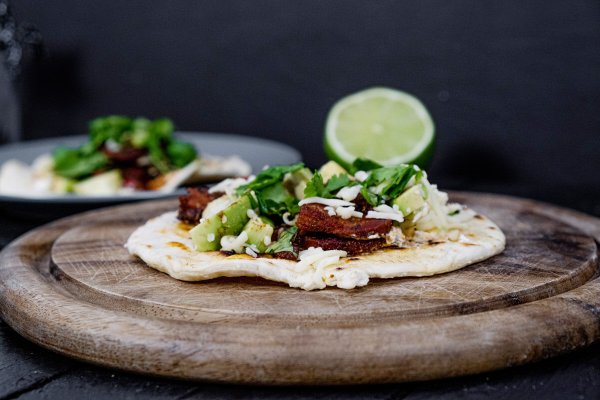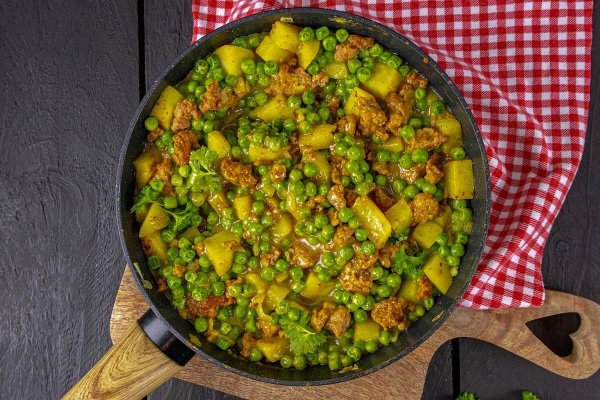







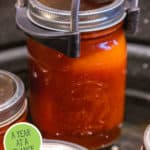





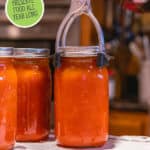





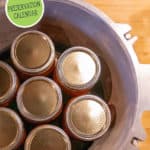









Knowing how much food you’ll put up in a year is wonderful, but life can often throw us curve balls. It’s a smart idea to have your food preservation for the year laid out ahead of time to plan for the unexpected and be prepared for anything the weather or the seasons throw at us.
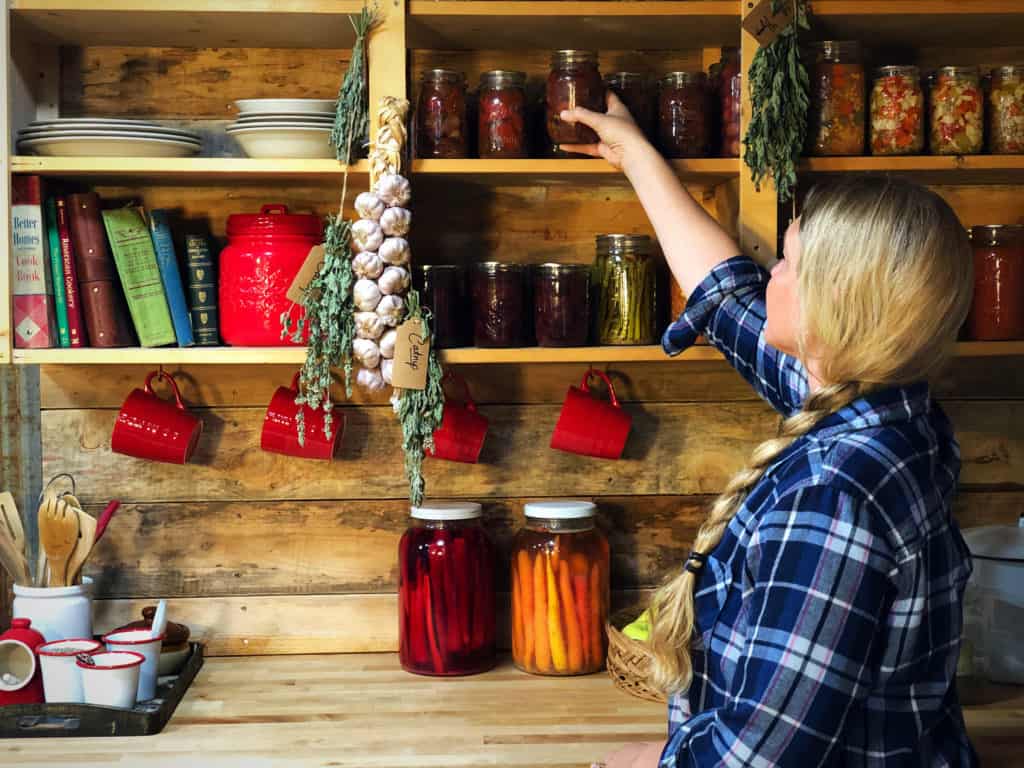
Planning Ahead
Knowing what crops will be ready to harvest at different times of the year can really help you get ahead when it comes to being prepared for canning. You can’t simply plant a garden, know the common canning mistakes to avoid, and then be ready to preserve food all year round.
It takes careful thought, taking inventory of supplies, scheduling your calendar wisely, keeping your pantry organized, and knowing how to properly store and build up your long-term food storage supply.
In this post I’ll be breaking down a typical calendar year, sharing the foods I’m preserving. This may look slightly different depending on which region you live in.
We’re in the far north of Idaho, so if you’re not sure when asparagus is typically ready for harvest in your area, then ask around to neighbors and friends who garden.

Preserving Tips
- Your harvest windows may be very different than mine, so refer to the season rather than the month to get the most from this blog post.
- Most people are happy to share the bounty of an apple tree in exchange for a few jars of applesauce. Offer preserved foods in exchange for raw materials (unsprayed).
- Save beans (dry beans) for canning in the off-season when you’re less busy with garden produce.
- Wait to preserve meals in jars until the garden is finished for the season.
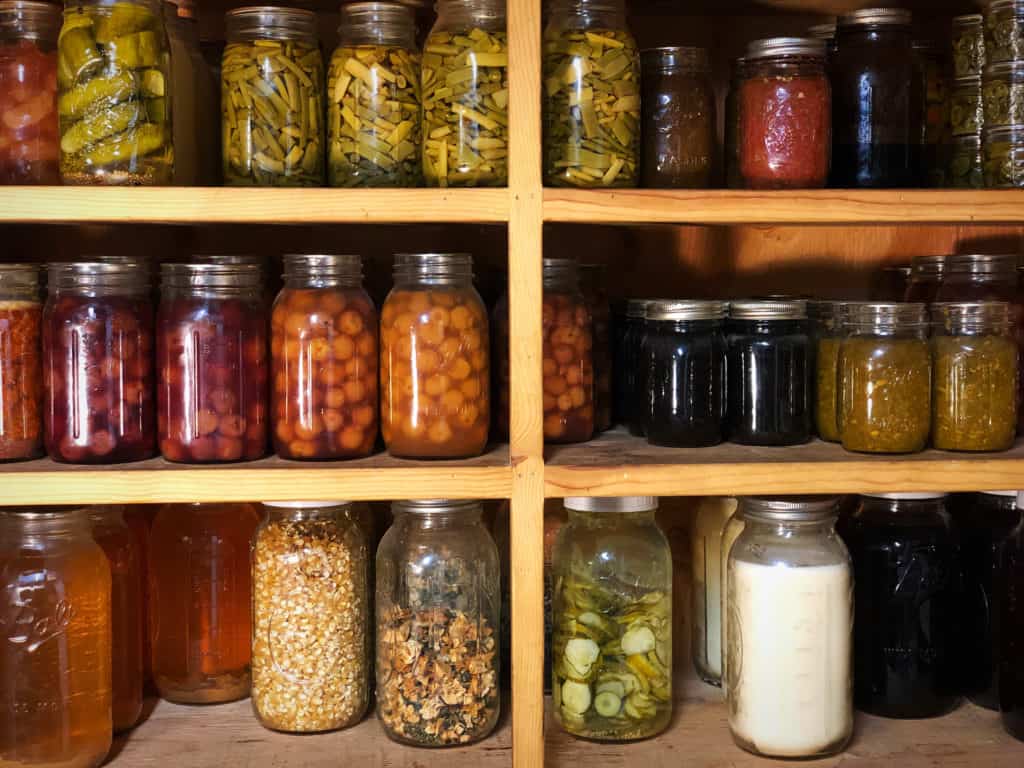
Early Spring
April
Prepare for the upcoming canning season! You can never prepare too far ahead of time when it comes to canning season.
Tip: If you have a dial gauge canner, get the gauge calibrated before canning season starts at your local University Extension office. Be sure to know these other common canning mistakes to be sure you avoid making them.
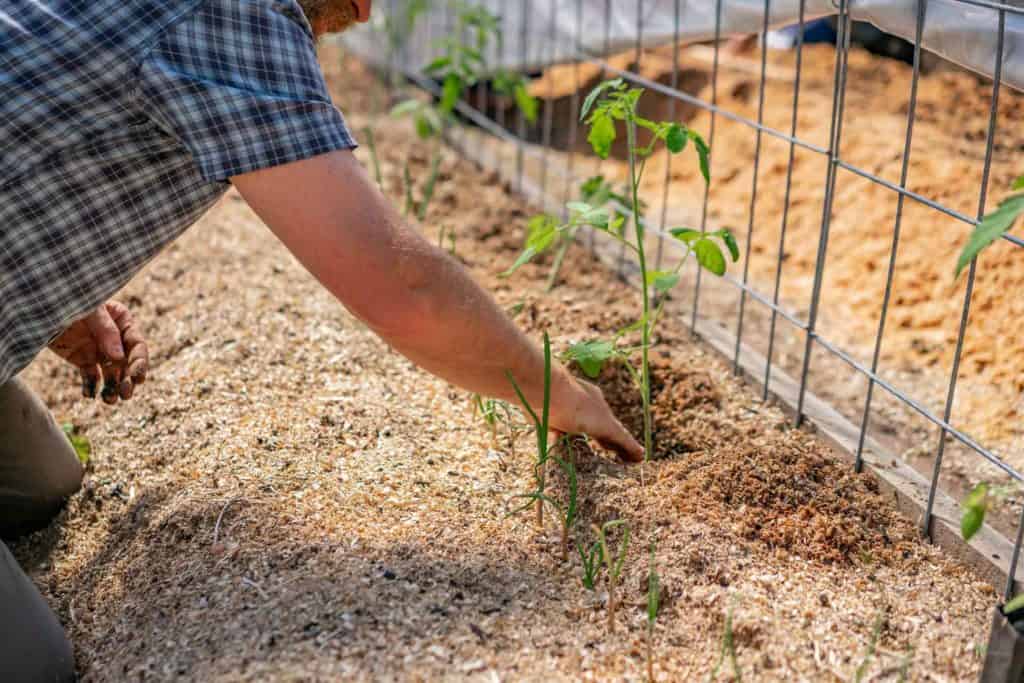
May-June
In season: Rhubarb, strawberries, peas, greens, baby beets, spring flowers/herbs.
Tip: Use up stored produce…winter squash, potatoes, onions, and garlic. If you started plants indoors, be sure you know when and how to transplant them into the garden for the best success.
- Rhubarb – freeze, jam, pie, rhubarb breakfast cake
- Asparagus – can asparagus soup
- Strawberries – jam, syrup, pie, freeze-dried strawberries
- Peas – can, freeze
- Baby beets – pickle
- Greens – dry and make homemade Super Greens Powder
- Flowers/herbs – dandelion jelly, wine; elder-flower tea, tincture, champagne

Early Summer
July-August
In season: Berries and cherries of all kinds, beets, carrots, cabbage, summer squash, tender herbs, cucumbers, green beans, early onions, garlic, potatoes, medicinal herbs, corn, and some fruit.
Tip: Ferment just enough early cabbage into sauerkraut to get you by until fall cabbages are ready.
- Berries – jams, jellies, syrups, and fruit leathers
- Cherries – canned cherries, jam, syrup, pie filling, canned in apple cider
- Beets, carrots, early cabbage – summer ferments, pickled beets, ginger carrots
- Summer squash – pickles, shredded and frozen or dehydrated for bread, soups
- Tender herbs – (home-grown parsley, basil, mint, cilantro) mince and freeze in ice cube trays covered with olive oil or lemon/lime juice; herb salts, dried herbs
- Cucumbers – canned pickles, quick refrigerator pickles and fermented pickles (kosher dills)
- Green beans – pickle, pickled fermented pizza beans; pressure can raw pack
- Early onions, garlic – cure and store, dehydrate for spice powders, store onions for long-term storage
- Potatoes and corn – harvest new potatoes and early corn as a special treat!
- Medicinal herbs – make tinctures, infused oils, salves
- Fruit – canned, canned pie filling; fruit liqueurs
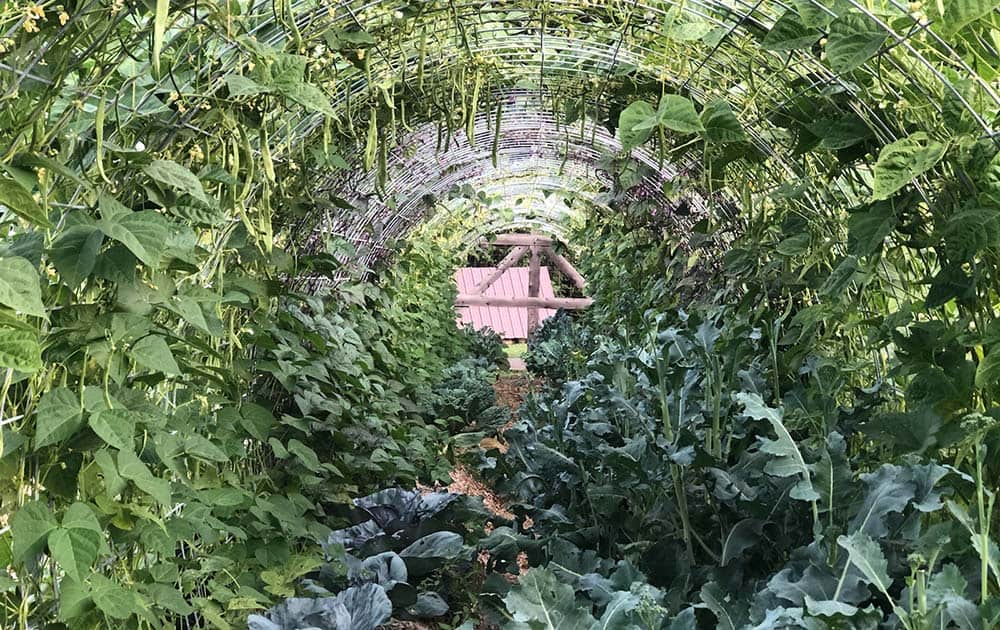
Late Summer
September
In season: Early apples, stone fruit (plums, apricots, peaches, nectarines), tomatoes, peppers, tomatillos, corn, early winter squash, main crop cabbage, and root vegetables.
Tips: Prepare for root veggie storage if your area has hard winter freezes. Can sweet cider to use as a syrup for canning fruit.
- Early apples – applesauce, apple butter, sweet cider for canning fruit
- Stone fruit – canned singly, as juice, jam, plum jelly, syrup, or canned pie filling; dehydrate slices or halves, make fruit leather; fruit wine, or even freeze-dry
- Pressure can Veggie or Beef Stew
- Tomatoes, peppers, and tomatillos – salsa, salsa verde chicken, marinara sauce, fermented tomatoes, sun-dried tomatoes, homemade tomato soup, and fermented tomato sauce
- Corn – pressure canned, or freeze dried
- Early winter squash – cure first to develop sweetness before eating or preserving, or turning into puree (or pumpkin pie!)
- Cabbage – sauerkraut
- Root vegetables – store in damp sand in root cellar (real or make-shift)
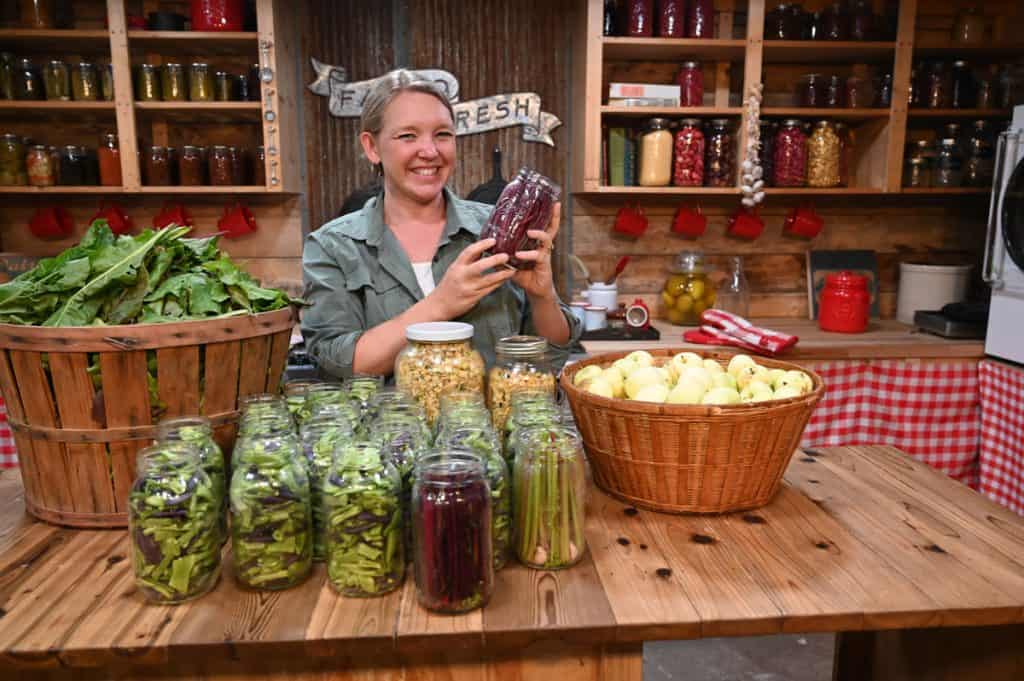
Fall
October
In season: Main crop apples, meat, vegetables, and herbs.
Tip: Harvest the last of the garden veggies and herbs.
- Apples – more canned sweet cider, applesauce; hard cider
- Meat – pressure canned singly and as convenience meals; render lard
- Vegetables – end-of-garden pickles, canned soups, mixed ferments, dehydrated vegetables
- Herbs – dehydrated; tinctures, infused oils, salves, fire cider, herb rubs for meat

November
In season: Meat, gift making.
Tips: Manage your stores to use things up before they spoil.
- Make convenience meals
- Pressure can broth
- Cure meat – bacon, ham, sausage
- Make specialty food gifts – pear preserves, crabapple butter, stews and soups for comfort meals
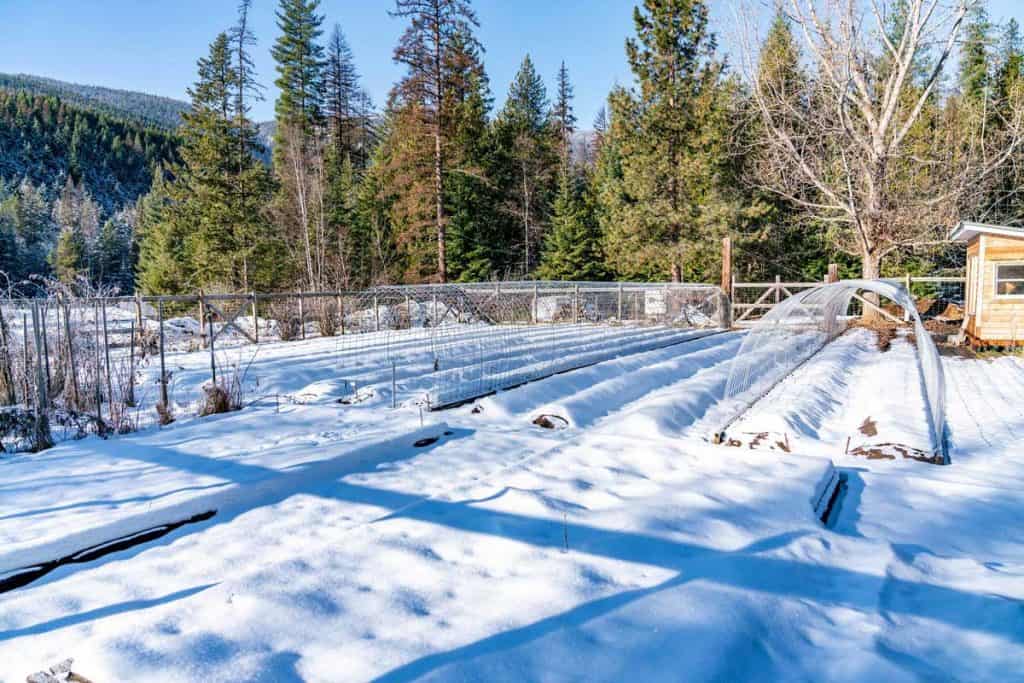
Winter
December
Tip: Manage your stores to catch problems before they cause spoilage and loss.
In season: Gift-giving, time with family, and time off from preserving food. Enjoy your well-earned break!
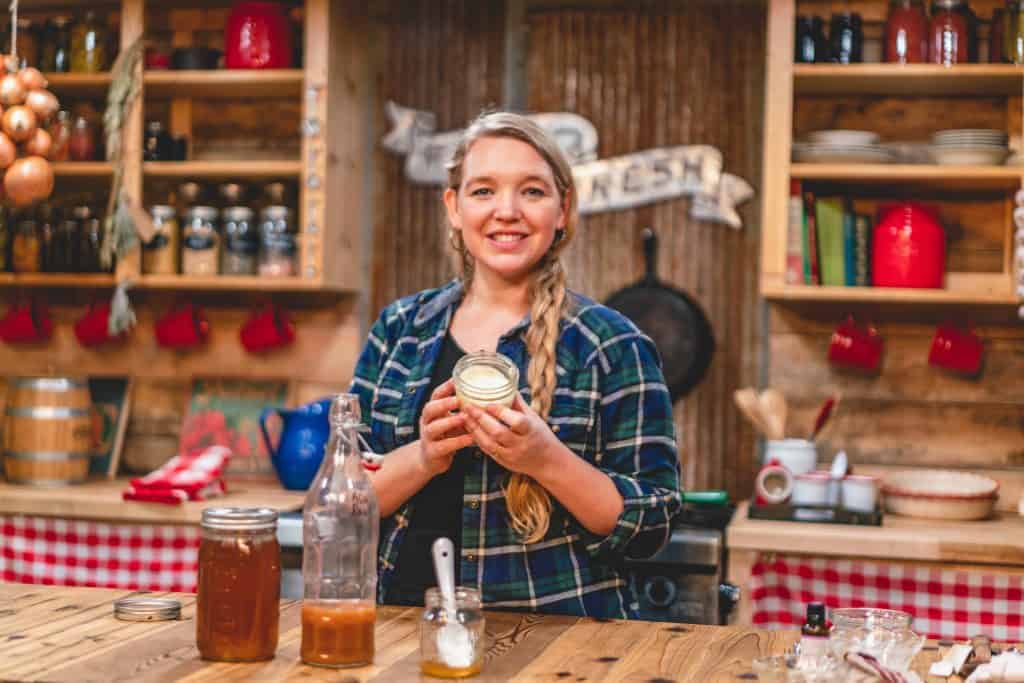
January
In season: Household products and personal care products.
Tip: Manage your stores and use up odd bits of food from the pantry and freezer to make space for next season.
- Finish rendering lard and tallow, make soap and candles
- Make a year’s worth of household cleaning products, personal and skin care products, maybe some herbal salves from the infused oils you made back in the spring and summer months.
February
In season: Eggs, sewing projects.
Tip: Manage your stores and use things up appropriately.
- Use cold, dark days for sewing household linens, cloth napkins
- Preserve eggs by waterglassing, pickling, making egg noodles, and freezing
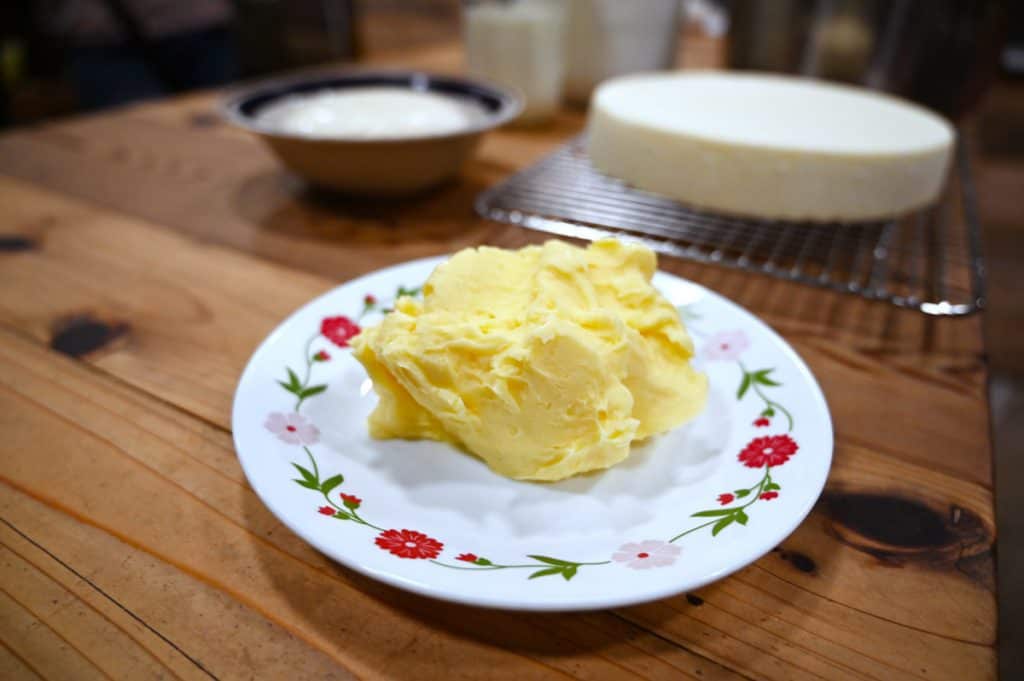
March
In season: Eggs, milk.
Tip: Just do the next thing! This is also a great time to start gearing up for the gardening season. Getting starts started indoors. Spring planning for your garden. Cleaning out the garden, maybe supercharging your garden beds and amending your soil (if you can get to it yet!).
- Eggs – see preserving methods listed in February
- Dairy – start making homemade butter, cheese to freeze, and freezing milk.
- Pressure can more convenience meals, beans, and broth
And that wraps up your preserving year! This list just barely scratches the surface of what a gardening year might look like, but we did try to sprinkle in the main steps.
We hope this list is helpful in planning out your preserving year so you can stock those shelves and be more self-sufficient in the years to come.
More Related Posts on Preserving:
- What to Do if You Can’t Find Canning Supplies
- Canning Mistakes to Avoid
- Pressure Canning Mistakes to Avoid
- How to Get Ready for Canning Season
- Can you Pressure Can in an Instant Pot?
- How Long is Canned Food Good For?
- Can I Reuse Canning Lids?
- Prepping Your Pantry for Preserving Season
- Guide to Storing Apples (Fresh & Crisp All Winter)
- Tips for a Busy Preservation Day
- Harvest Right Freeze Dryer (1 Year Review)

